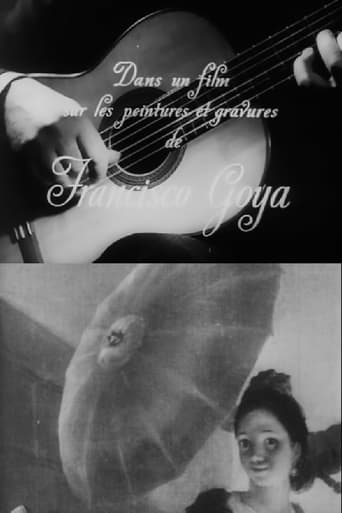
01 Oct 1950

Goya
Presents life in 18th century Spain as the painter Francisco de Goya showed it to us.
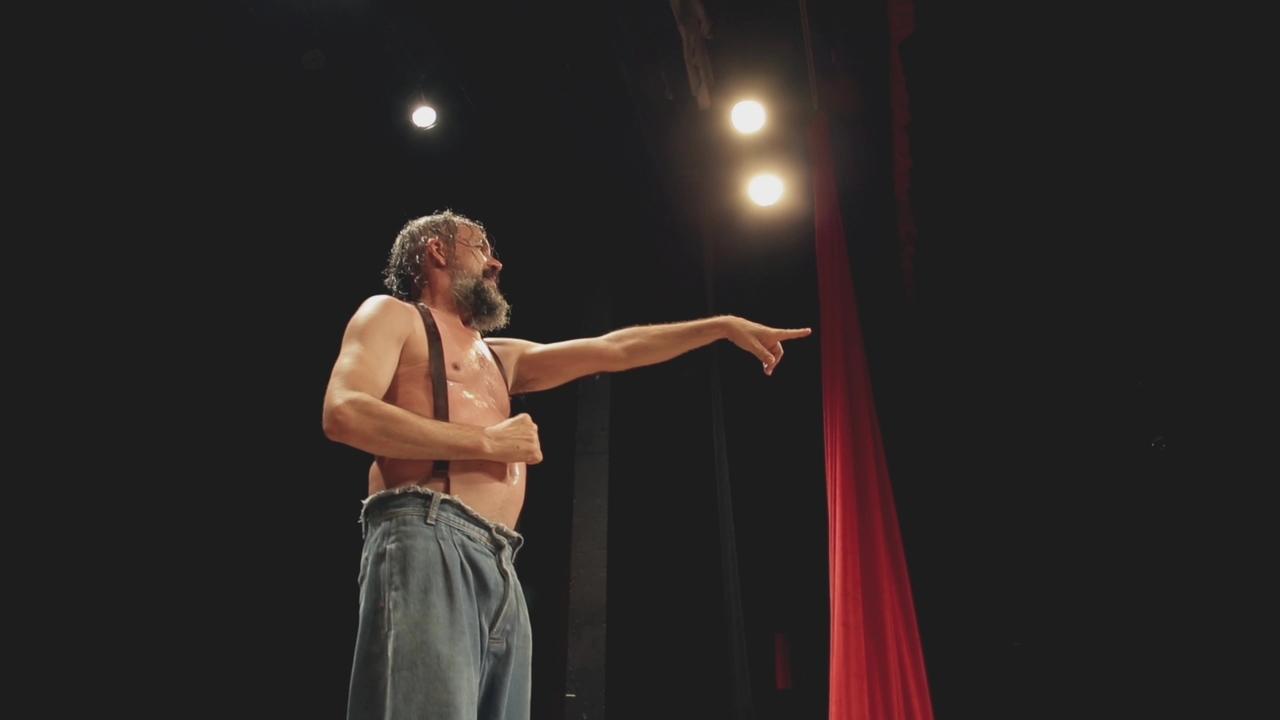
How Do You See Me? is a Brazilian documentary feature that entwines both experienced actors and beginners to explore the hardships and the happiness that are inherent to the job when detached from the glam and glitz of the gossip industry, creating a diverse and comprehensive mosaic of what it means to be an actor in Brazil, a country so full of contradictions. The film brings forward a reality that the masses usually don't get to know: the men and women moved by a deep passion for acting and touching people. With Julio Adrião, Matheus Nachtergaele, José Celso Martinez, Cássia Kis, Nanda Costa, Babu Santana, Luciano Vidigal and Letícia Sabatella, among others.




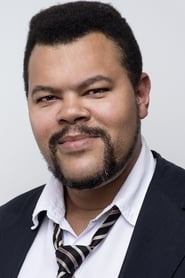
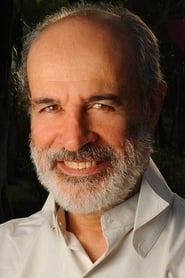
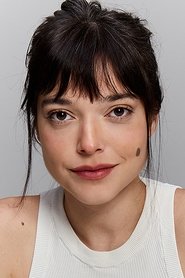



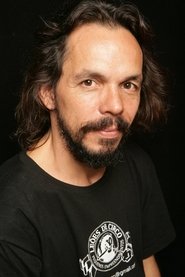

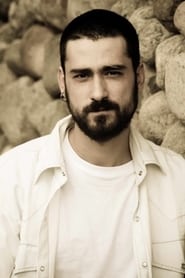



01 Oct 1950

Presents life in 18th century Spain as the painter Francisco de Goya showed it to us.
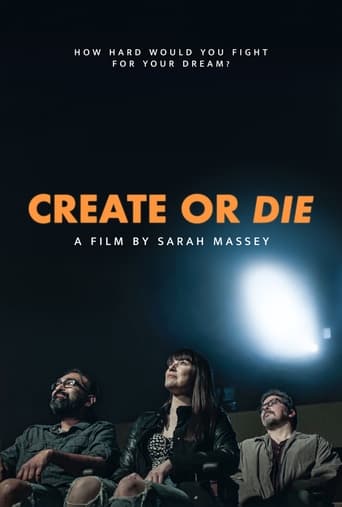
30 Jan 2024

In an industry that is becoming increasingly competitive, what drives indie filmmakers to keep creating their art, even when there is no promise of money or fame? CREATE OR DIE explores the insatiable passion to create despite the overwhelming odds through the lens of South Carolina writer and filmmaker David Axe, as he and his band of cast and crew head out into the backwoods of Georgia to shoot his low budget passion project ACORN. But when tragedy strikes on set, doubt and tension threaten to bring an end to their production and their dreams.
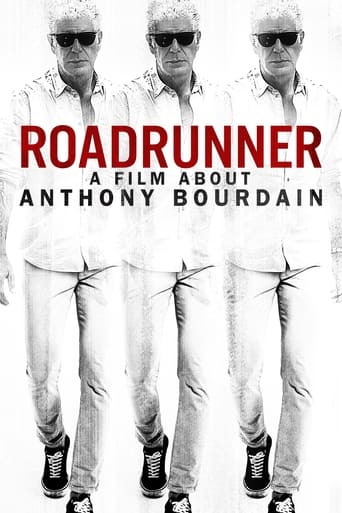
16 Jul 2021

An intimate, behind-the-scenes look at how an anonymous chef became a world-renowned cultural icon. This unflinching look at Anthony Bourdain reverberates with his presence, in his own voice and in the way he indelibly impacted the world around him.
01 Jan 1986
No overview found
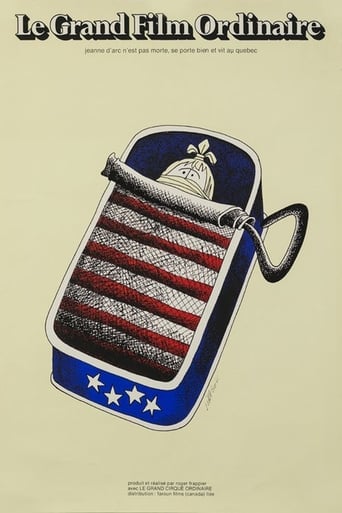
04 Feb 1971

The Ordinary Grand Film is the result of love at first sight with The Ordinary Grand Circus. With film and equipment borrowed from left and right, with the free complicity of all those who appear in the credits, they went on weekends to film a few moments of their tour.
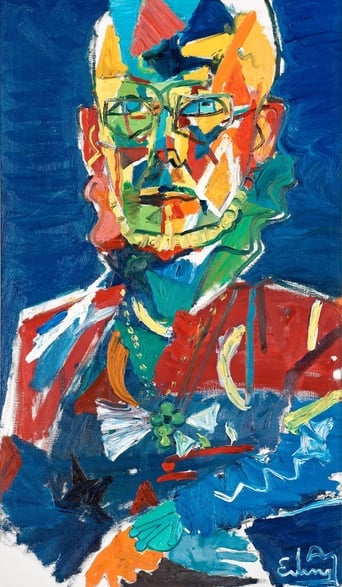
02 Apr 2009

About the artist Ian Hellström (1925-2012) with his own museum. A tour of Ian's house is an adventure in art, antiques, skulls and dolls, all in perfect balance. Ian created various jewelry sculptures, a kind of collage with glass beads, brooches, simple jewelry and various toys, which were sometimes pasted into boxes with small compartments. His colorful art and cross-border life is captivating but not always easy to understand.
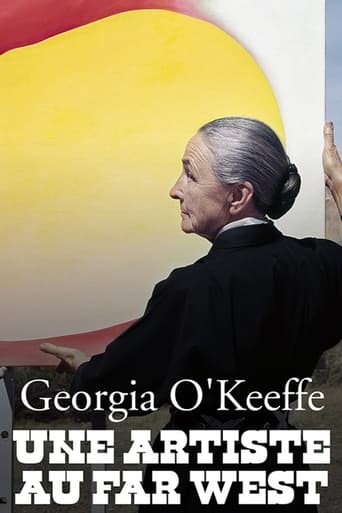
05 Sep 2021

Enlightened by her biographer Roxana Robinson and art historian Barbara Buhler Lynes, co-founder of the Georgia O'Keeffe Museum in Santa Fe, this documentary unfolds the fascinating trajectory of the artist who became an icon of American art. Featuring her works, her confidences - between interviews and excerpts of correspondence read by Charlotte Rampling - and her husband's photographs, this film explores the two inseparable passions that marked Georgia O'Keeffe's life and career: Alfred Stieglitz and New Mexico, which she never ceased to travel through, like a pioneer, in order to immerse herself in its Indian culture and its grandiose landscapes.
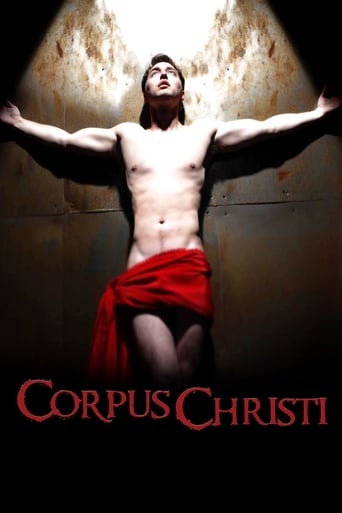
10 Nov 2013

Terrence McNally’s Corpus Christi is a play retelling the Jesus story, with Jesus as a gay man living in the 1950s in Corpus Christi, Texas. This documentary follows the troupe, playwright, and audience around the world on a five-year journey of Terrence McNally’s passion play, where voices of protest and support collide on one of the central issues facing the LGBT community: religion.
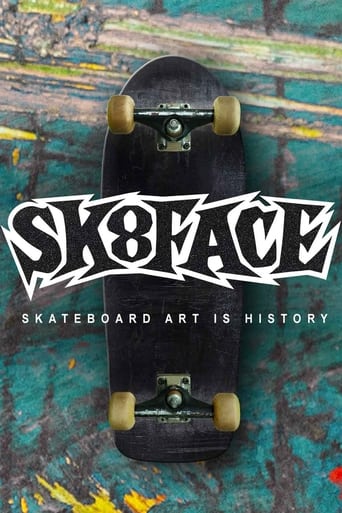
28 Jun 2024

Tells the history of skateboard art and its evolution through the decades, as iconic and rebellious skateboarders and artists give firsthand experiences and stories about their art that challenged the establishment.
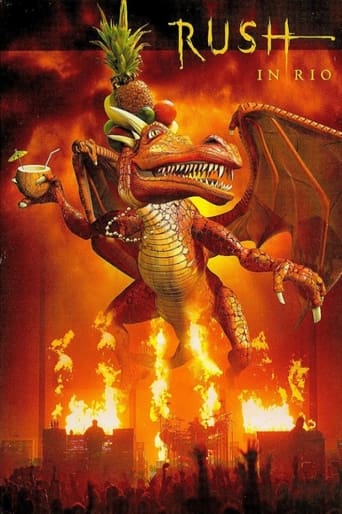
21 Oct 2003

Legendary rock band Rush plays the Maracana Stadium in Rio de Janeiro, Brazil, on the final night of the band's 2002 Vapor Trails tour, in front of 40,000 fans.
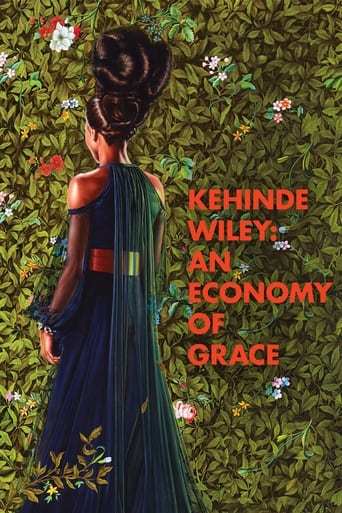
05 Sep 2014

Known for his vibrant reinterpretations of classical portraits featuring African-American men, New York-based painter Kehinde Wiley has turned the practice of portraiture on its head and in the process has taken the art world by storm.
09 Sep 2014
To celebrate its 250th anniversary, this documentary tells the story of one of the world’s greatest museums, from its foundation by Catherine the Great, though to its status today as a breathtakingly beautiful complex which includes the Winter Palace. Showcasing a vast collection of the world’s greatest artworks together with contemporary art galleries and exhibitions, it holds over 3 million treasures and world class masterpieces in stunning architectural settings. This is its journey from Imperial Palace to State Museum, encompassing a sometimes troubled past, surviving both the Revolution in 1916 and the siege of Leningrad by the Nazis in 1941-44.
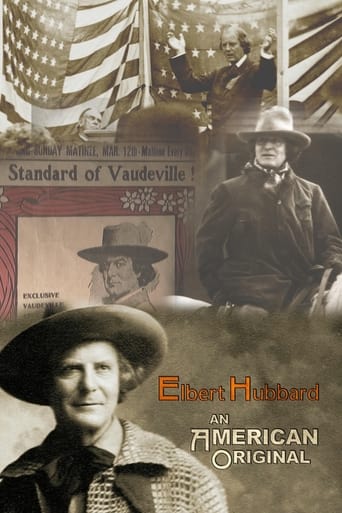
23 Nov 2009

This public television documentary examines the passionate life and career of Elbert Hubbard, a businessman who in 1895 established a socially progressive community of arts and crafts-style furniture-makers and other artisans in New York state. Narrated by actor Liev Schreiber, this film explores the scope of Hubbard's vision and his commune that became known for its controversial political activism as much as for its exquisite handmade goods.
11 Nov 2010
A monument handcrafted by Konstantin Bessmertny is exhibited at Venice Biennale 2007.
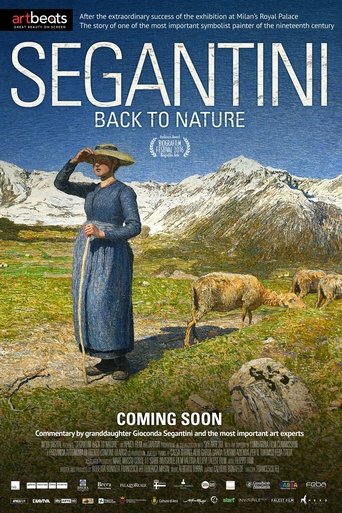
17 Jan 2017

Giovanni Segantini rose from humble origins to become the most important of Italian pointillists, and one of the most important symbolist painters in the 19th century. This film focuses on his way of feeling nature as a source of artistic and spiritual inspiration.
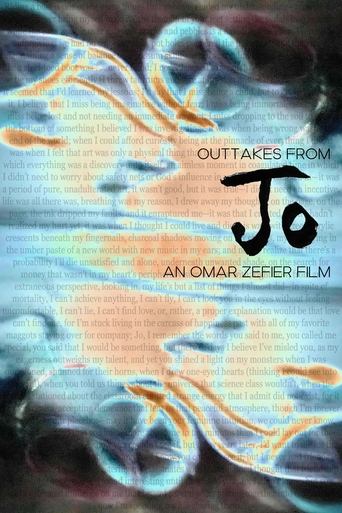
11 Feb 2025

Outtakes, commentary from Zefier's third film: Jo; or The Act of Riding a Bike.

08 Mar 2020

Giuseppina Pasqualino di Marineo, better known as Pippa Bacca, was a 34 years old Italian artist. She crossed 11 countries involved in wars, hitchhiking with another Milanese artist, Silvia Moro, both wearing a wedding dress. This was a performance for peace, trust and hoping to prove that if you rely on others, you’ll receive good things only. After travelling many roads, the two artists decided to split for a while in Istanbul, planning to meet again in Byblos. Pippa left then, alone, and nobody heard from her again.
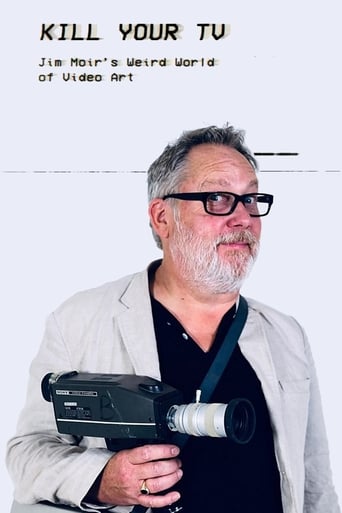
24 Nov 2019

Jim Moir (aka Vic Reeves) explores Video Art, revealing how different generations ‘hacked’ the tools of television to pioneer new ways of creating art that can be beautiful, bewildering and wildly experimental.

10 Dec 2019

From the 60's, the neighborhood of Pedra de Guaratiba, in Rio de Janeiro, was invaded by a varied artistic community.
03 Aug 2014
Fifty years ago, aspiring thespians Terry and Carole Ann Gill arrived in Australia from England seeking fame and fortune. But they never quite made the big time. Instead they stumbled into the curious world of children's pantomimes. Over the decades, they have built a successful business and touched the lives of generations of children; but their own dreams have slowly faded. Now aged in their 70s, with their beloved theatre under threat from a greedy property developer, Terry and Carole Ann's careers appear to be coming to an untimely close. As they battle to remain open, they are forced to reflect on the choices they have made in their lives.